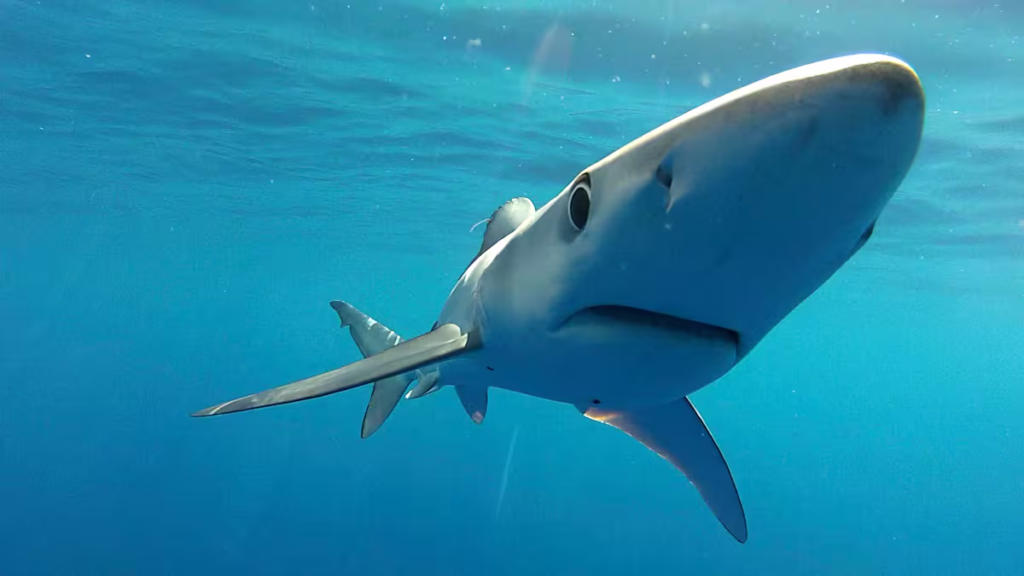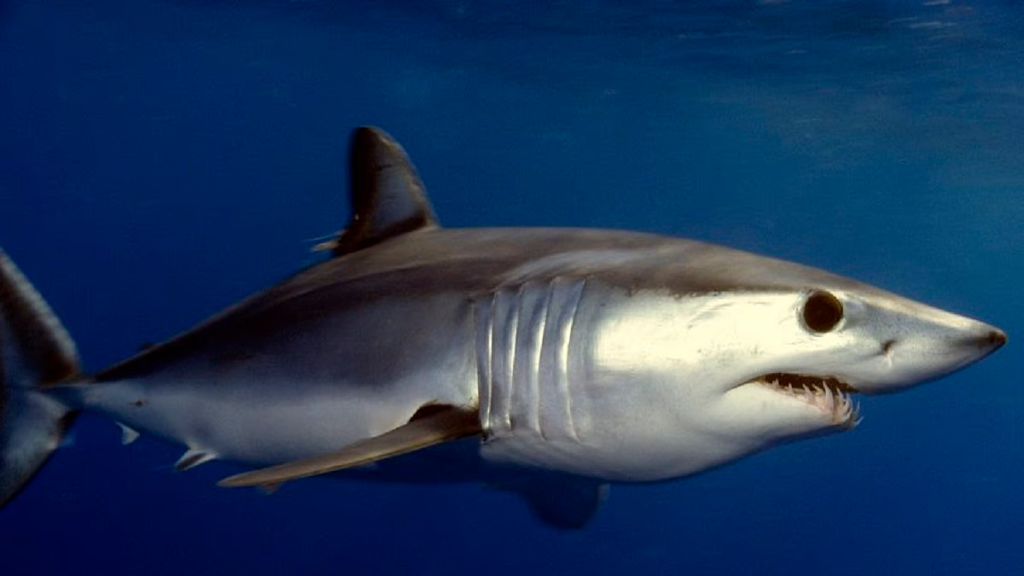When picturing the anatomy of animals, the idea of a skeleton often conjures up images of solid bones providing structure and support. But for sharks—some of the ocean’s most iconic and ancient creatures—their skeletons defy that expectation. Unlike mammals, birds, and most fish, sharks do not have bones. Instead, their skeletons are made entirely of cartilage, a lightweight yet durable tissue. This defining feature of sharks’ biology has not only set them apart in the animal kingdom but has also played a critical role in their evolutionary success.
What Is Cartilage and How Does It Work?
Cartilage is a flexible, semi-rigid connective tissue found in many animals, including humans. In our bodies, cartilage is present in areas like the nose, ears, and joints, where flexibility and support are needed. However, in sharks, cartilage doesn’t just serve as a supplementary tissue—it forms their entire skeletal structure.
The cartilage in sharks is strengthened and mineralized in key areas, such as the jaws and vertebral column, making it far more robust than the soft cartilage humans have. This unique composition allows sharks to have a skeleton that is both strong and lightweight, creating advantages that contribute to their survival and dominance in marine ecosystems.
Why Don’t Sharks Have Bones?

The absence of bones in sharks is not a flaw or limitation but rather an evolutionary advantage. Sharks are part of the class Chondrichthyes, which includes rays, skates, and other cartilaginous fish. This adaptation has provided several benefits:
- Enhanced Buoyancy: Unlike bony fish, sharks don’t have swim bladders (an internal gas-filled organ for buoyancy). Their cartilaginous skeleton, being much lighter than bone, reduces their overall body weight and helps them remain buoyant in water. This buoyancy is further assisted by their oil-rich liver.
- Improved Maneuverability: The flexibility of cartilage allows sharks to twist, turn, and accelerate with incredible agility. This ability is crucial for ambush predators like great white sharks, who rely on sudden bursts of speed to catch their prey.
- Energy Efficiency: A lightweight skeletal structure reduces the energy required for movement, enabling sharks to travel long distances and hunt efficiently.
These evolutionary adaptations, combined with other traits like sharp senses and powerful teeth, have ensured sharks’ survival for over 400 million years, long before the appearance of dinosaurs.
How Do Sharks Leave Fossils Without Bones?
One of the most intriguing questions about sharks’ anatomy is how they leave behind fossils if they lack bones. Bones are typically rich in calcium phosphate, a mineral that allows them to fossilize over time. Cartilage, on the other hand, is softer and less likely to fossilize. However, sharks have certain mineralized structures that can withstand the test of time:
- Jaws and Vertebrae: While sharks’ skeletons are cartilaginous, their jaws and some portions of their vertebral column are often heavily calcified, making them harder and more fossilizable.
- Teeth: Shark teeth, unlike cartilage, are composed of dentine and enamel, which are highly durable materials. Sharks produce thousands of teeth during their lifetimes, continuously replacing old ones. As a result, fossilized shark teeth are abundant and offer critical insights into ancient shark species.
These fossilized remains have helped scientists understand the evolution and diversity of sharks over millions of years.
The Advantages of a Cartilaginous Skeleton

The cartilaginous skeleton of sharks offers several key advantages, which have contributed to their success as apex predators:
- Flexibility and Strength:
- Cartilage is more flexible than bone, allowing sharks to bend and maneuver their bodies efficiently. This is especially important for species like hammerhead sharks, which rely on their agility to trap and catch prey.
- Despite its flexibility, cartilage in sharks is reinforced with mineral deposits in crucial areas, providing the necessary strength to support their powerful muscles and bite.
- Adaptation to Aquatic Life:
- A lighter skeleton helps sharks stay afloat in water without expending excessive energy. Unlike bony fish, which often rely on swim bladders, sharks achieve buoyancy through their cartilaginous skeleton and large, oil-filled livers.
- Their streamlined body structure, enabled by the flexibility of cartilage, allows them to conserve energy during long-distance migrations or prolonged hunts.
- Resistance to Damage:
- Cartilage is more resilient to impact and less likely to fracture compared to bone. This quality is beneficial for sharks that experience high-speed collisions while chasing prey or defending their territory.
Evolutionary Perspective
The evolution of sharks and their cartilaginous skeletons dates back over 400 million years, making them some of the oldest surviving vertebrates on Earth. As members of the class Chondrichthyes, sharks have evolved alongside other cartilaginous fish like rays and skates. Their lack of bones is not a deficiency but rather an adaptation that has allowed them to thrive in diverse marine environments.
Throughout their evolutionary history, sharks have diversified into over 500 species, ranging from the massive filter-feeding whale shark to the agile and fearsome tiger shark. Their cartilaginous skeletons have played a vital role in enabling them to adapt to various ecological niches, demonstrating the effectiveness of this unique biological trait.
Conclusion: A Unique Adaptation in the Animal Kingdom
Sharks’ lack of bones might initially seem unusual, but their cartilaginous skeletons are a remarkable adaptation that has contributed significantly to their evolutionary success. This lightweight and flexible structure enhances their buoyancy, agility, and overall efficiency as predators. Combined with their other biological features, such as sharp teeth, keen senses, and streamlined bodies, sharks are perfectly designed for survival in the ocean’s challenging environments.
Next time you see a shark gliding effortlessly through the water, consider the evolutionary ingenuity behind its skeletal structure. Its strength doesn’t lie in bones but in the incredible adaptability of cartilage—a testament to the brilliance of nature.
Also Read: Do Stink Bugs Bite? Understanding These Pungent Pests






